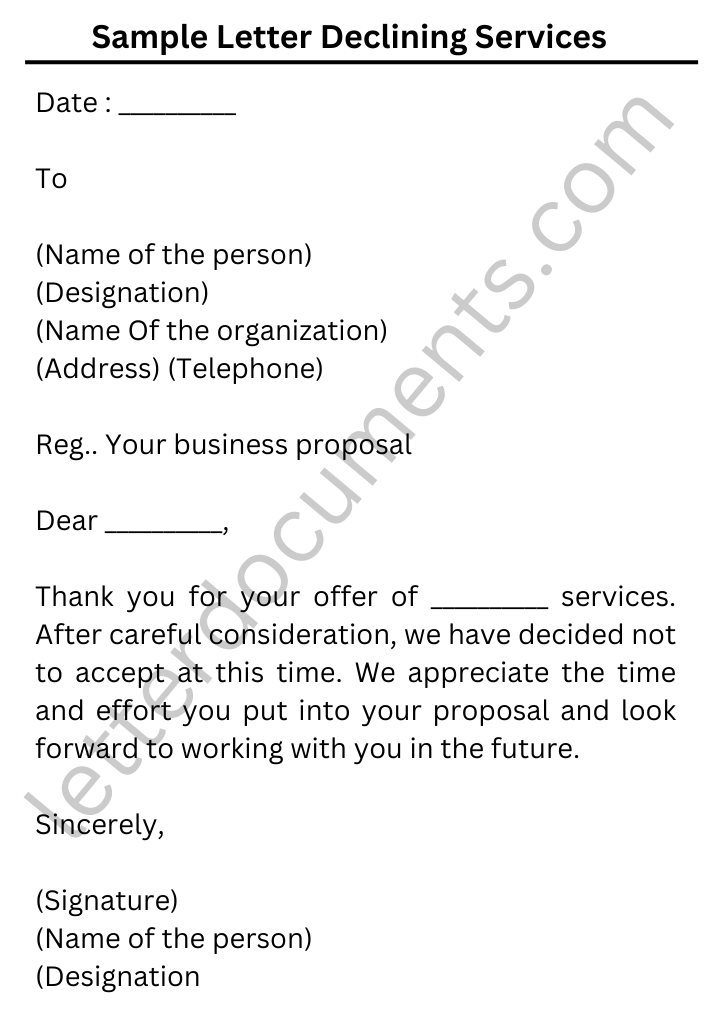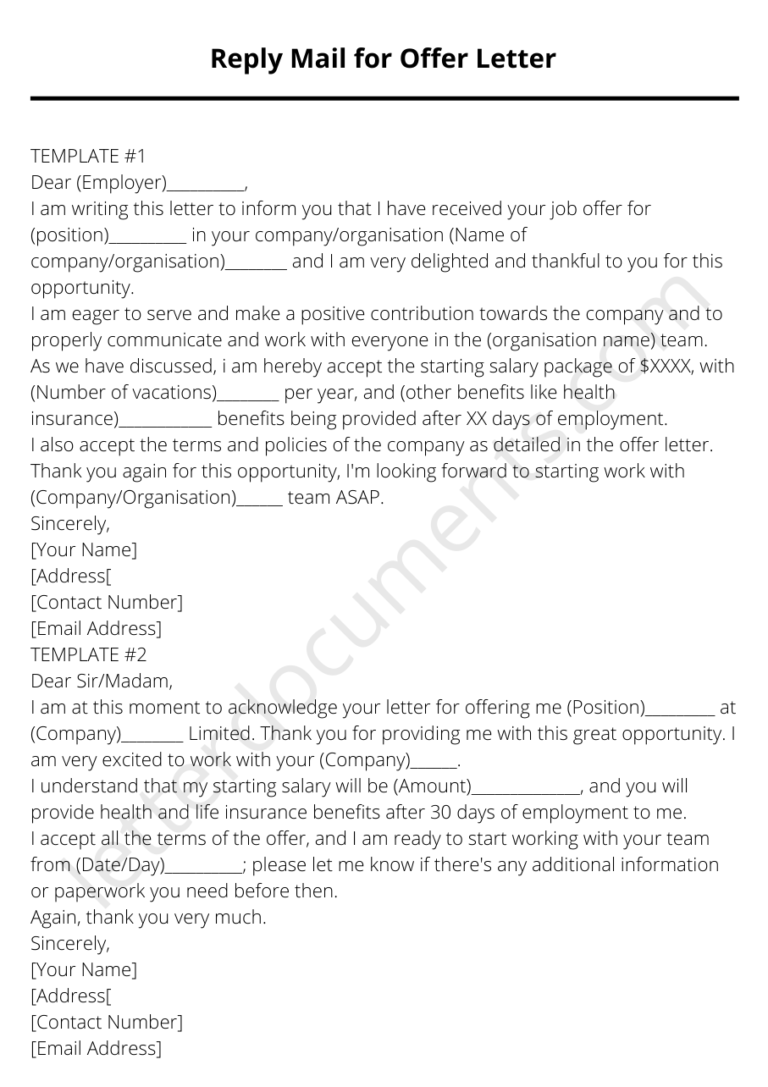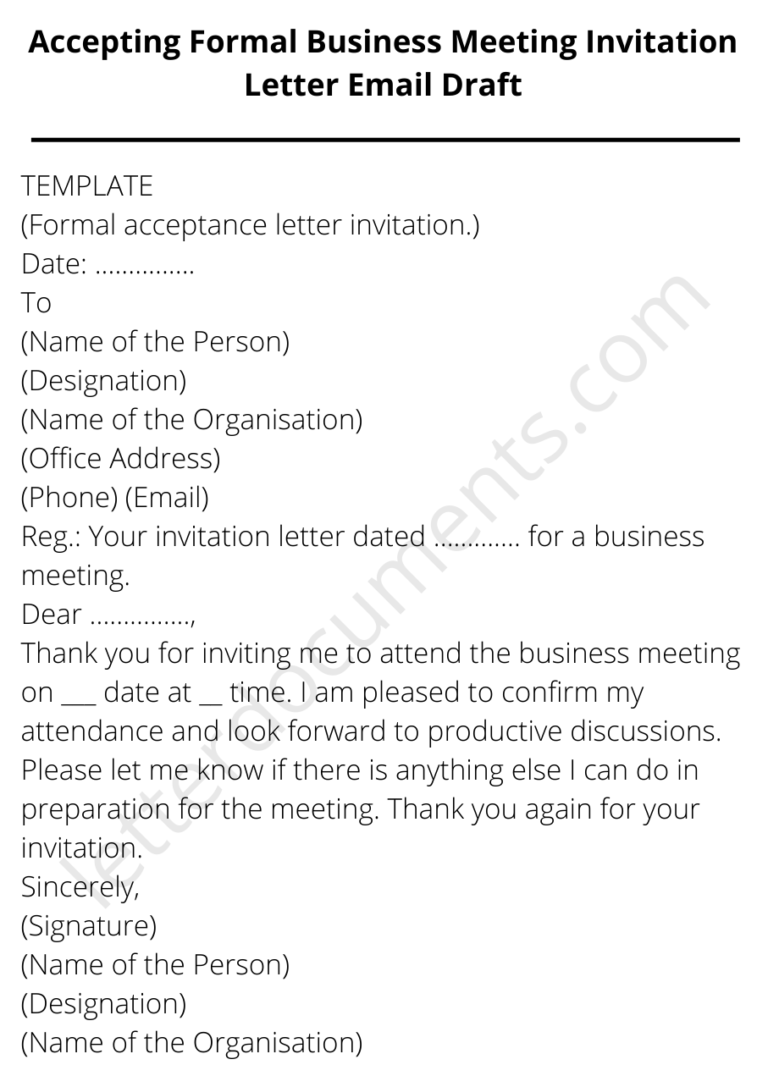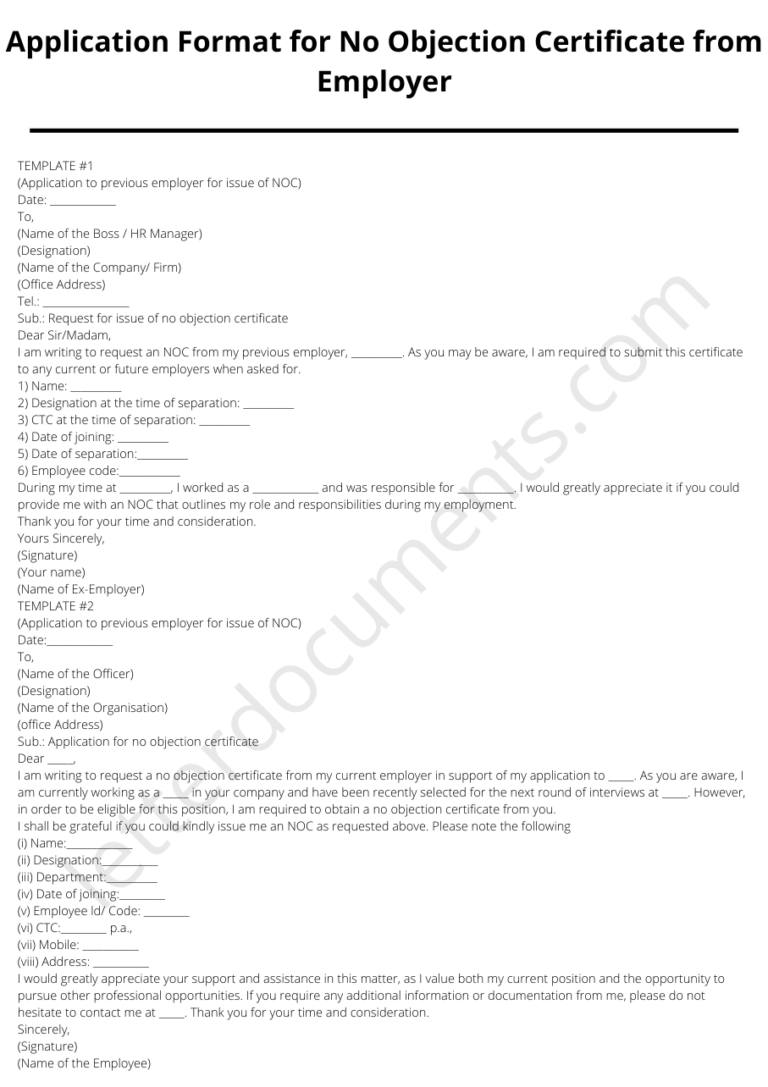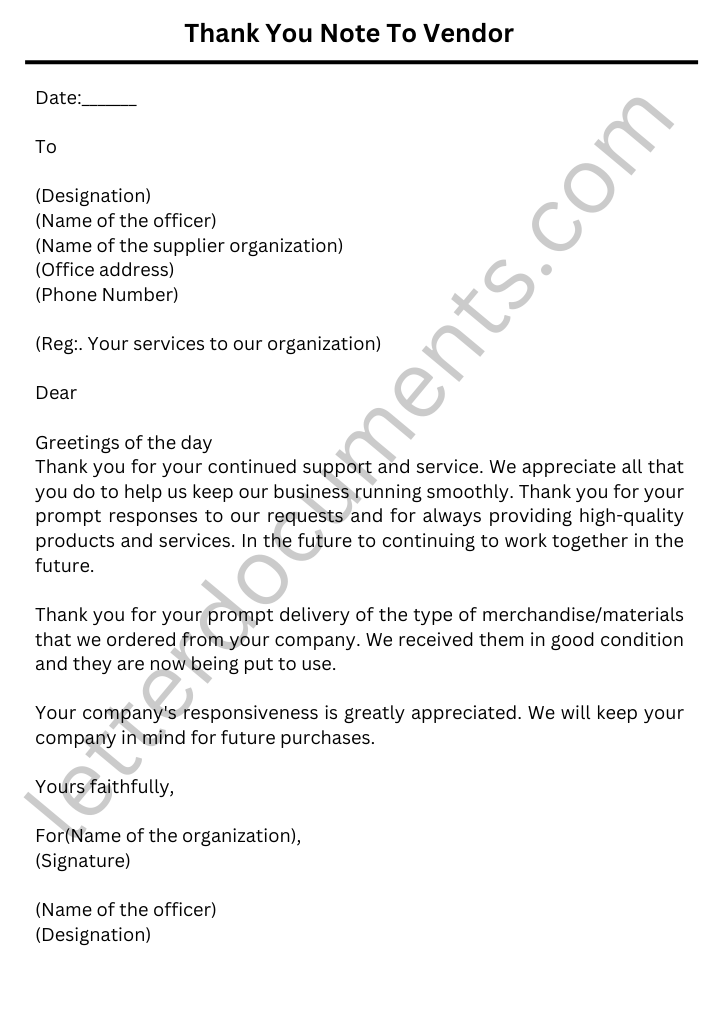Covering Letter for Bid Submission with Tender Documents
When submitting a bid for a project or product, it is always good business practice to include a cover letter. The cover letter should express your interest in the job/project and briefly explain why you should be chosen. This shows the company that you are serious about the opportunity and willing to make the extra effort to make sure your bid is noticed.
It is important to remember that a cover letter is not just a formality – it is an opportunity to sell yourself and your company. Therefore, you should take the time to write a well-crafted letter that will grab the reader’s attention and make them want to learn more about you.
Similar Post: Cover Letter To Agreement For Services (Sample)
Covering Letter for Tender Submission: A Comprehensive Guide
In today’s competitive business landscape, submitting a compelling cover letter and your tender proposal is crucial to stand out. A well-crafted cover letter introduces your business to potential clients, highlights your unique selling propositions, and convinces them of your capabilities. This comprehensive guide will delve into the intricacies of writing a winning cover letter for tender submission, providing valuable insights and sample formats to help you succeed in the competitive bidding process.
1. Introduction
The cover letter serves as the first impression of your business to the tendering authority. It is essential to start with a solid, engaging introduction that captures the reader’s attention. Begin by addressing the recipient with a courteous salutation and briefly mention the purpose of your letter. For example:
“Dear [Recipient’s Name],
We are delighted to submit our tender proposal for [Project Name] and, at this moment, present our cover letter to provide a concise overview of our organization, expertise, and commitment to delivering exceptional results.”
2. Background and Expertise
This section demonstrates your understanding of the project requirements and showcases your organization’s relevant experience and expertise. Clearly articulate how your skills align with the tender specifications and why your company is the ideal choice. Highlight key projects you have undertaken in the past that demonstrate your ability to deliver similar projects successfully. Consider including the following information:
- Company background: Provide a brief overview of your organization, its history, and core competencies.
- Expertise: Describe your company’s knowledge and its relevance to the tender. Emphasize any unique or innovative approaches that set you apart from competitors.
- Project highlights: Share success stories or case studies illustrating your company’s ability to deliver outstanding results. Include specific details, such as project size, challenges overcome, and client satisfaction.
3. Unique Value Proposition
Clearly communicate your unique value proposition to differentiate your tender submission from others. Explain what sets your company apart and why the tendering authority should choose you over the competition. Consider addressing the following points:
- Competitive advantages: Identify your company’s unique strengths and competitive advantages, such as cutting-edge technology, industry accreditations, or specialized expertise.
- Innovation and creativity: Highlight any innovative or creative solutions your organization can bring to the project, demonstrating your ability to think outside the box and deliver exceptional outcomes.
- Added value: Describe any additional benefits or value-added services your company can provide, such as ongoing maintenance, training programs, or extended warranties.
4. Project Approach
In this section, outline your proposed approach to the project, demonstrating your understanding of the tender requirements and your ability to deliver the desired outcomes. Clearly articulate your methodology, processes, and timelines, addressing the following aspects:
- Project management: Explain your approach to project management, including how you plan to coordinate various activities, allocate resources, and ensure effective communication.
- Team composition: Introduce critical members of your team who will be involved in executing the project, emphasizing their relevant qualifications and experience.
- Milestones and deliverables: Provide a detailed timeline with key landmarks and deliverables, highlighting your commitment to meeting project deadlines.
- Risk management: Address potential risks and challenges associated with the project and mitigation strategies to ensure smooth project execution.
5. Financial Considerations
While the cover letter primarily focuses on showcasing your expertise and value proposition, it is essential to address financial aspects briefly. Provide an indicative pricing structure or cost estimate to give the tendering authority an idea of your pricing strategy. Avoid being too specific, as the formal tender document typically includes detailed financial information.
Similar Post: Cover Letter To Agreement For Services (Sample)
TEMPLATE
(To be printed on the letterhead of the bidder)
Ref: ………………. Date: ……………..
To
(Name of the Organization)
(Office Address)
(Phone Number)
(Email Id)
Kind Attn: (Name of the Officer), (Designation)
Sub.: Our bid/offer submission for the ……………….. work
Ref: Your Tender specification no. ……….. dated ………….
Dear Sir/Madam,
We want to offer our services for the _____ (name of the project) tender that your company has put out. We have gone through the requirements in detail and are confident we can provide the best possible solution for your needs.
I am attaching our bid submission document along with this covering letter. Our team is very excited about this opportunity to work on such a prestigious project, and we hope you will give us a chance to prove our worth.
If you have any questions or concerns, please do not hesitate to contact us at _____ (contact information). Thank you for your time and consideration.
We look forward to associating with your organization.
Thanking you,
Sincerely,
For (Name of the Company),
(Signature)
(Name of the Officer)
(Designation)
(Department’s Name)
Place: …………….
Date: ……………..
Conclusion
In conclusion, crafting a compelling cover letter for tender submission is critical in securing new business opportunities. Following this comprehensive guide’s guidelines and sample formats, you can create a winning cover letter that effectively communicates your organization’s strengths, expertise, and unique value proposition.
Remember to tailor your cover letter to the specific tender requirements, highlighting relevant experience, successful projects, and innovative approaches. Clearly outline your project management methodology, team composition, and proposed timelines to demonstrate your ability to deliver exceptional results. Additionally, provide a brief overview of your pricing structure to give the tendering authority an indication of your cost considerations.
Investing time and effort into developing a solid cover letter can position your organization as a standout contender in the competitive bidding process. Good luck with your tender submissions!

